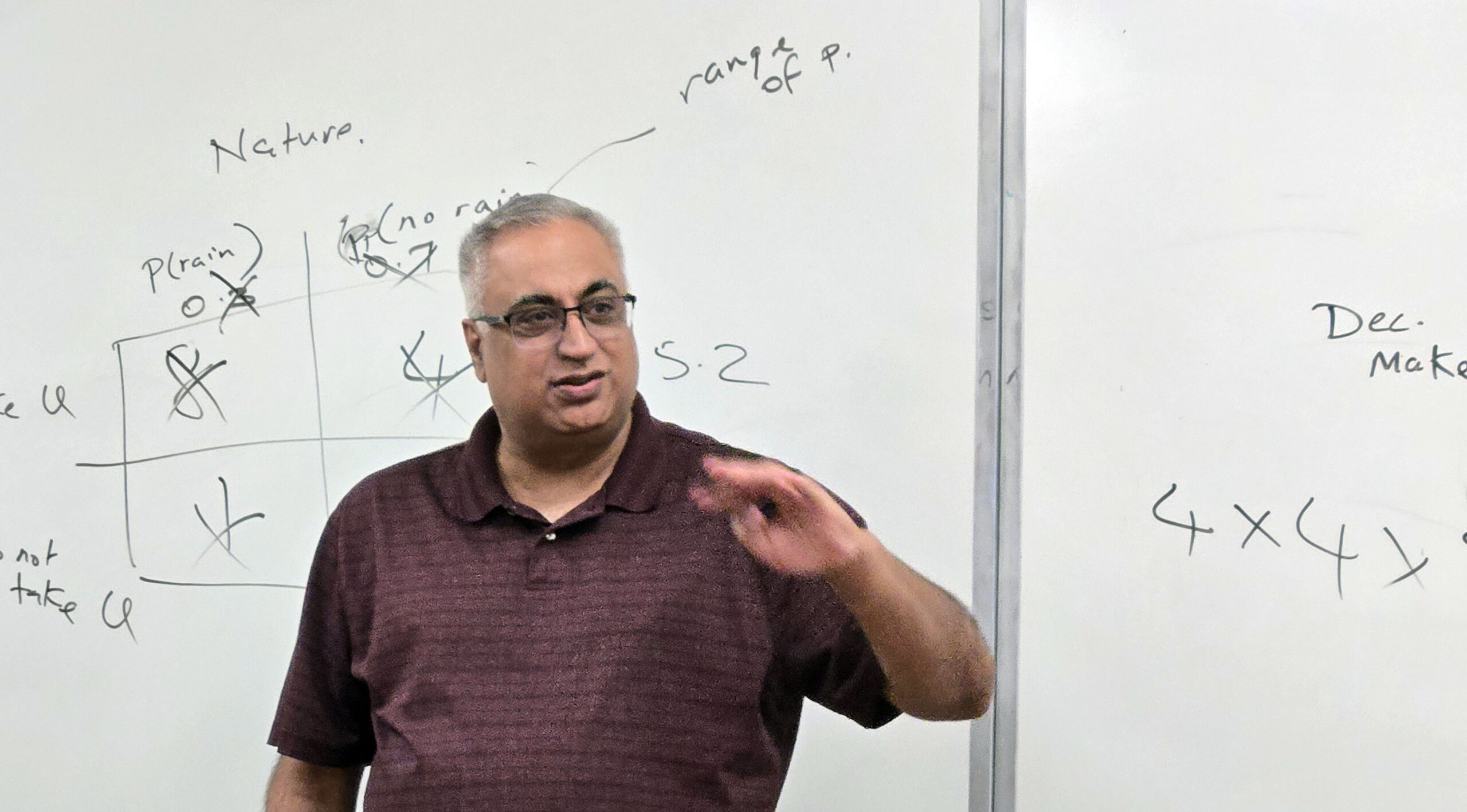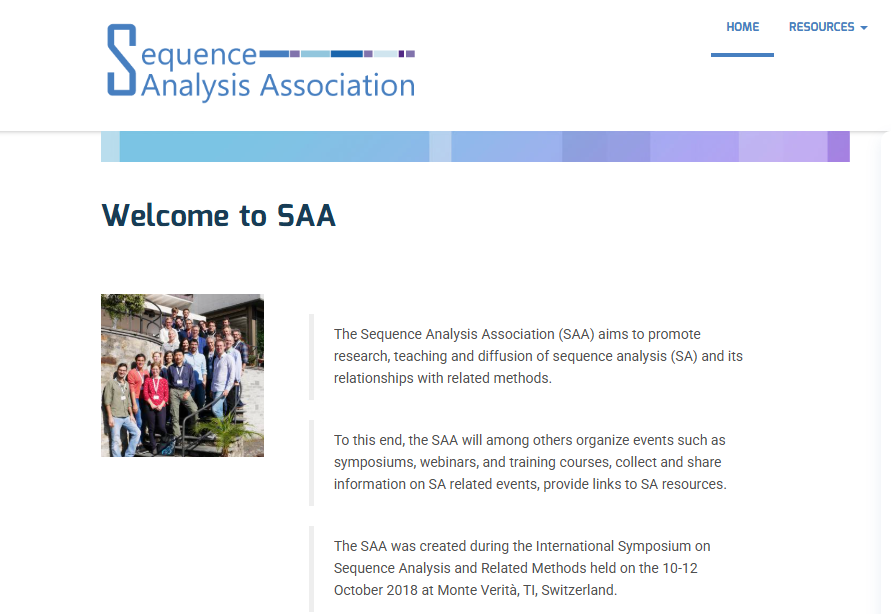Linton C. Freeman – Lehigh University
Introduction
Centrality Explain to a 5 year old:
https://claude.site/artifacts/7f463ebd-c5b8-4ea7-a97d-6f6b43728cad
The paper explores the concept of centrality in social networks, tracing its historical development and applications, particularly in group problem-solving and organizational efficiency. Despite extensive research, the concept remains poorly defined, with various measures of centrality often yielding inconsistent results.
Centrality is a concept used to understand how important or influential a person is within a social network. Imagine a network as a web of people connected by lines of communication. Centrality will helps us figure out who is at the center of this web and who plays a key role in connecting others.
- Why is it Important? Knowing who is central in a network can help organizations improve communication and efficiency. For example, in a company, identifying central figures can streamline decision-making and problem-solving.
- Different Ways to Measure Centrality: There are several ways to measure centrality, each focusing on different aspects:
- Degree Centrality: This looks at how many direct connections a person has. More connections mean higher centrality.
- CD(pk) = sum of adjacencies for point pk
- CD'(pk) = proportion of other points adjacent to pk
- Betweenness Centrality: This measures how often a person acts as a bridge along the shortest path between two other people. If you often connect others, you have high betweenness.
- CB(pk) = sum of the probability that pk falls on a randomly selected geodesic connecting other points
- CB'(pk) = relative betweenness, normalized by the maximum possible betweenness
- Closeness Centrality: This considers how quickly a person can reach everyone else in the network. The closer you are to everyone, the higher your centrality.
- CC(pk)^-1 = sum of geodesic distances from pk to all other points
- CC'(pk) = inverse of the average distance between pk and other points
- Degree Centrality: This looks at how many direct connections a person has. More connections mean higher centrality.
- Challenges with Measuring Centrality: The author also states that despite having these measures, they don’t always agree on who is the most central. This can be confusing because different measures might suggest different people as the most important.
- Graph CentralityGraph centrality is a concept in network analysis that helps identify the most important or influential nodes (vertices) within a graph or network. It’s a way to quantify how central or significant a particular node is relative to the overall structure of the graph. Beyond individuals, we can also look at the centrality of the entire network. This involves seeing how well-connected the network is as a whole and how efficiently information can flow through it. Conclusions:
- The paper highlights that while there are many ways to measure centrality, each method tells a different story about the network. It’s important to choose the right measure based on what you want to understand or achieve in a particular situation’
- Other types of centrality not included in the research are:
- Eigenvector Centrality:
- Measures an individual’s influence based on the centrality of their connections. In a workplace, this could identify employees who are connected to other highly central or influential people.
- Information Centrality:
- Measures how much information flows through an individual. In a workplace, this could represent employees who are key in information dissemination or decision-making processes.
- Formal Hierarchical Position:
- While not a network measure, an individual’s position in the organizational hierarchy can be a form of centrality. This considers formal power and authority within the organization.
- Task Dependency Centrality:
- Measures how many tasks or processes depend on a particular individual or role. In a workplace, this could identify critical positions that many others rely on to complete their work.
- Resource Allocation Centrality:
- Measures an individual’s control over resources (budget, equipment, personnel). In a workplace, this could identify key decision-makers in resource distribution.
- Innovation Centrality:
- Measures an individual’s role in generating or implementing new ideas. In a workplace, this could identify key contributors to innovation and change.
- Expertise Centrality:
- Measures the extent to which others seek out an individual for their knowledge or skills. In a workplace, this could identify subject matter experts or informal mentors.
- These measures can be used individually or in combination to get a comprehensive view of centrality in a workplace. The choice of measure(s) depends on the specific aspects of centrality that are most relevant to the organization’s goals or the particular analysis being conducted.
Graph centrality is a concept in network analysis that helps identify the most important or influential nodes (vertices) within a graph or network. It’s a way to quantify how central or significant a particular node is relative to the overall structure of the graph. This concept is widely used in various fields, including social network analysis, transportation systems, biology, and computer science.
Freeman_Centrality-in-Social-Networks_1979- https://www.cin.ufpe.br/%7Erbcp/taia/Freeman1979-centrality.pdf










Leave a Reply